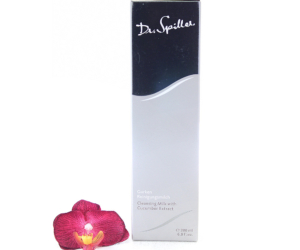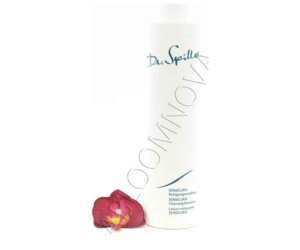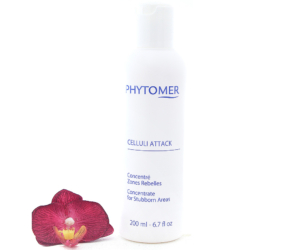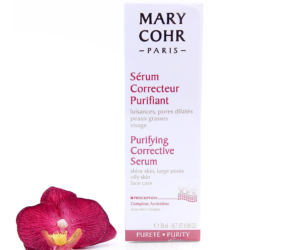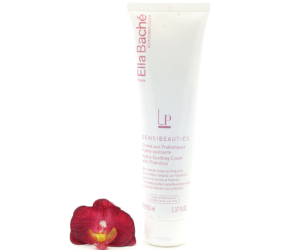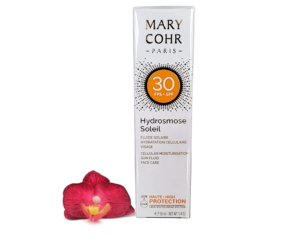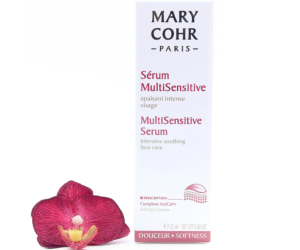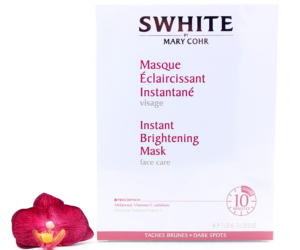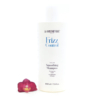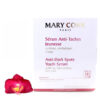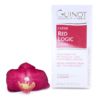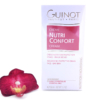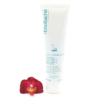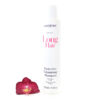Body Care
Is eye cream with hyaluronic acid good for you?
The idea of acid around the eye area never sounds like much of a good idea. So when you see an eye cream with hyaluronic acid how can it be good for you?
To get an idea of the benefits, you need to look into what hyaluronic acid is. According to an article in the http://www.telegraph.co.uk/beauty/skin/what-is-hyaluronic-acid-beauty-by-the-geeks/ it is extremely valuable to our skin, particularly around the delicate eye area.
“Hyaluronic acid is a glycosaminoglycan, which is polysaccharide (essentially a very large sugar!). It is naturally occurring in connective tissue throughout our bodies, with 50 percent of it being found in our skin,” says Beauty by the Geeks. “It is one of the major components of our extracellular matrix (the framework in which our skin cells sit) and it also has an important role in retaining moisture, as one molecule alone can hold up to 1000 times its own weight in water.” However, as Dr Bunting explains in the video above, as we age our body’s natural production of hyaluronic acid slows down. It’s no surprise then that beauty brands are adding hyaluronic acid into serums and creams.
What are the skincare benefits of hyaluronic acid?
“Hydrated skin is plumper, firmer and has a luminous glow, while dehydrated skin can look dull, lacklustre and more slack. The unique ability to hold so much water makes hyaluronic acid invaluable to your skin. “In a sense, hyaluronic acid acts like a sponge holding vast amounts of water in the skin, effectively plumping out the skin and by doing so it can reduce the appearance of fine lines and wrinkles, as well as improving the skin’s hydration and texture of the skin,” explains Beauty by the Geeks.
What are the different ways to use hyaluronic acid on your skin?
As Dr Bunting explains, hyaluronic acid can be injected into the dermis of the skin to fill and plump, a technique more commonly known as dermal fillers. Hyaluronic acid can also be applied topically and is a key ingredient in many serums and creams. While the molecule is too large to get down into the dermis layer, there are benefits to using it on the skin’s surface. “It acts as a moisturiser through its water-attracting properties. This means it draws water into the skin to keep it hydrated, supple and functioning effectively as a barrier,” says Dr Bunting. “This will produce a temporary improvement in lines and wrinkles (as all moisturisers do).”
What are the best forms of hyaluronic acid?
“When looking for your next hyaluronic acid-containing product, check the ingredients list for hyaluronic acid, sodium hyaluronate, hydrolysed hyaluronic acid and sodium acetyl hyaluronate as different brands use different ones or a combination of many, but they all work in a very similar way,” advise Beauty by the Geeks.

 Français
Français Русский
Русский
